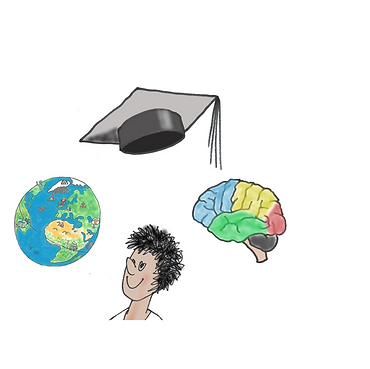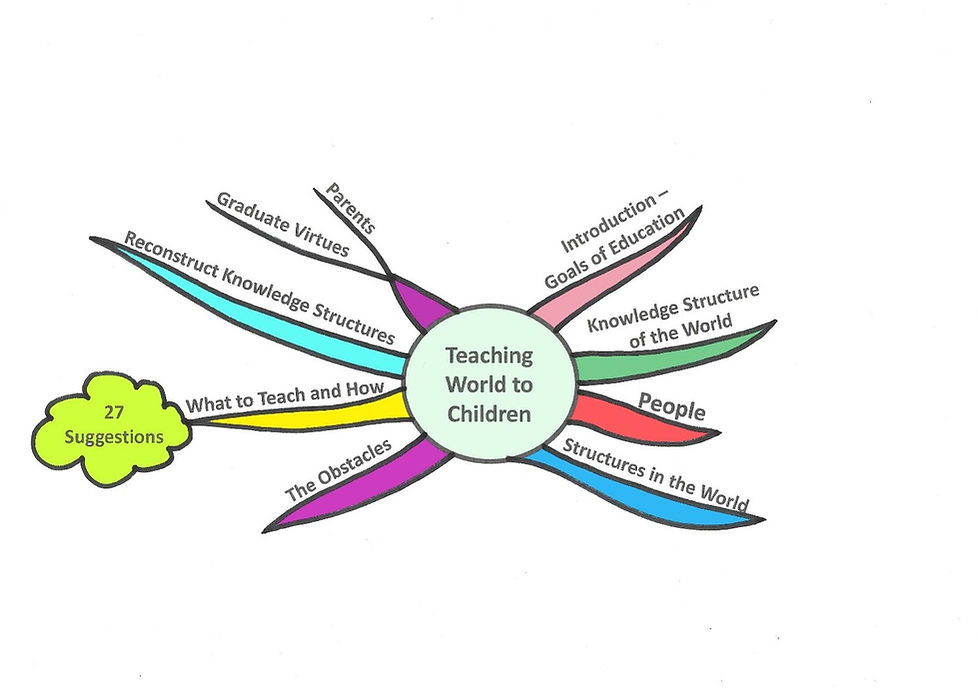Shmuelik Weiss is a Doctor of Education. He has an MA in Computers and Technology in Education. He has founded and managed large educational institutions (K-12) that strive to advance children and youth in a variety of educational fields. Shmuelik has written and developed many learning programs on industrial entrepreneurship and developing creativity. He has also lectured at teacher’s training colleges, and has vast experience in teacher training (at all levels).
Shmuelik specializes in visual thinking, and specifically in visual tools for knowledge portrayal (particularly related to Mind-Maps and Concept-Maps).
Shmuelik is an artist with a very unique style. He has displayed his work at exhibitions in Europe and of course in Israel. www.shmuelweiss.com
He recently founded a startup company that develops his ideas for improving and maintaining cognitive skills.
Shmuelik Weiss is a Doctor of Education. He has an MA in Computers and Technology in Education. He has founded and managed large educational institutions (K-12) that strive to advance children and youth in a variety of educational fields. Shmuelik has written and developed many learning programs on industrial entrepreneurship and developing creativity. He has also lectured at teacher’s training colleges, and has vast experience in teacher training (at all levels).
Shmuelik specializes in visual thinking, and specifically in visual tools for knowledge portrayal (particularly related to Mind-Maps and Concept-Maps).
Shmuelik is an artist with a very unique style. He has displayed his work at exhibitions in Europe and of course in Israel. www.shmuelweiss.com
He recently founded a startup company that develops his ideas for improving and maintaining cognitive skills.
Teaching World to Children
Innovative Neuro-Pedagogical Approach for Elementary Schools
Teaching the World to Children is an innovative, comprehensive work on knowledge, and of course on teaching and learning. The book offers a new and highly-effective method for elementary schools. It combines knowledge and insights from the field of neuroscience with learning goals. The goals are directly derived from portrayal of the real world that we hope to instill in elementary school students. This is the practical and implementable book of neuro-pedagogy for elementary school.
Teaching the World to Children is a must-read book for every teacher. Elementary schools worldwide can embrace it as a pedagogical, didactic tool for better preparing their students for the world around them.
It is also a must-read book for parents that want and can take a significant part in educating their children!
The book focuses on students’ brains, not their computers.
The method that it presents can be applied in all schools, regardless of their financial resources and without requiring expensive, sophisticated equipment.


Main Concepts
-
Effective learning must coincide with how the brain works.
-
The main role of elementary schools is to prepare students for the real world.
-
The world is not comprised of disciplines. It contains many components that cannot necessarily be associated with any specific discipline.
That is why this book explores the real world (in an age-appropriate manner, of course) based on how the brain works. This will make learning more effective, and children will learn about the world and understand how it works.

Structure of the book
-
Presenting the educational goals of elementary school.
-
Describing the main components of the world – the learning objective.
-
Describing the people in the world – an especially important element of the world’s components.
-
Analyzing structures that incorporate vast, important knowledge about the world – significant knowledge structures.
-
Analyzing the current obstacles that inhibit effective learning.
-
Practical applications – concrete suggestions for topics to teach and learn in elementary school.
-
Overview on teaching knowledge structures while incorporating neuro-pedagogic insights.
-
Summary, including the character traits of an ideal graduate of the education system.
About the book
-
The book focuses on students’ minds, not their computers.
-
The concepts presented in this book are universal and can be translated and adapted for all countries and languages.
-
The style of this user-friendly book makes it accessible to all educational professionals. It contains original, visual descriptions of the knowledge that it presents.
-
The book opens new horizons for readers and offers new perspectives of the world. It presents knowledge that may not be known to many people and suggests highly-effective didactic ideas. Applying these ideas can help schools significantly improve their students' achievements.